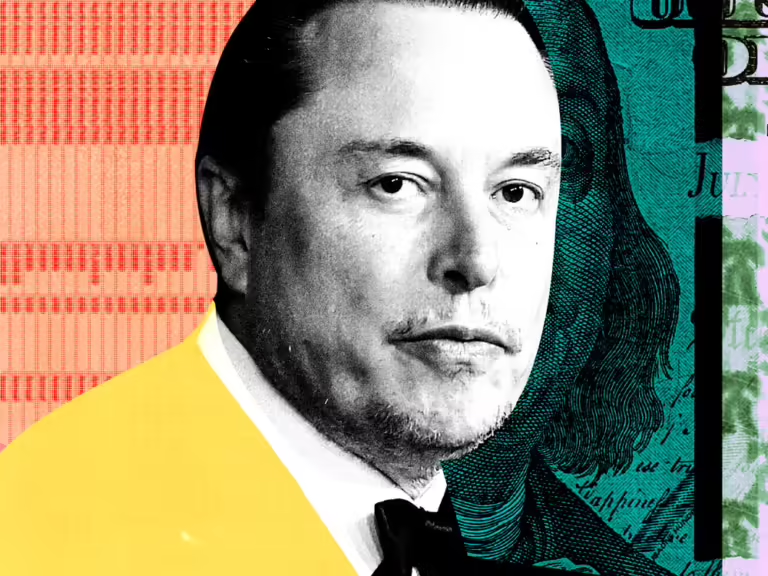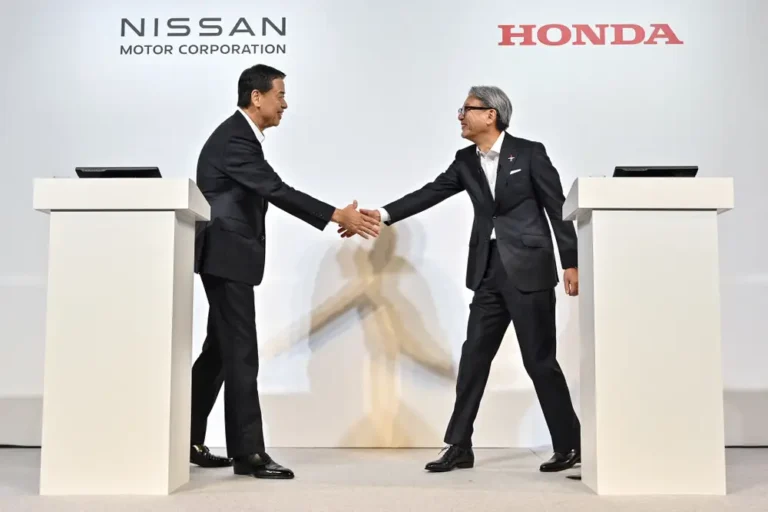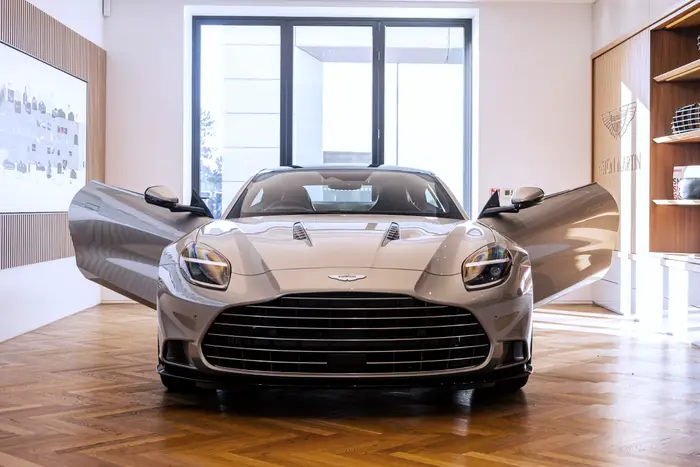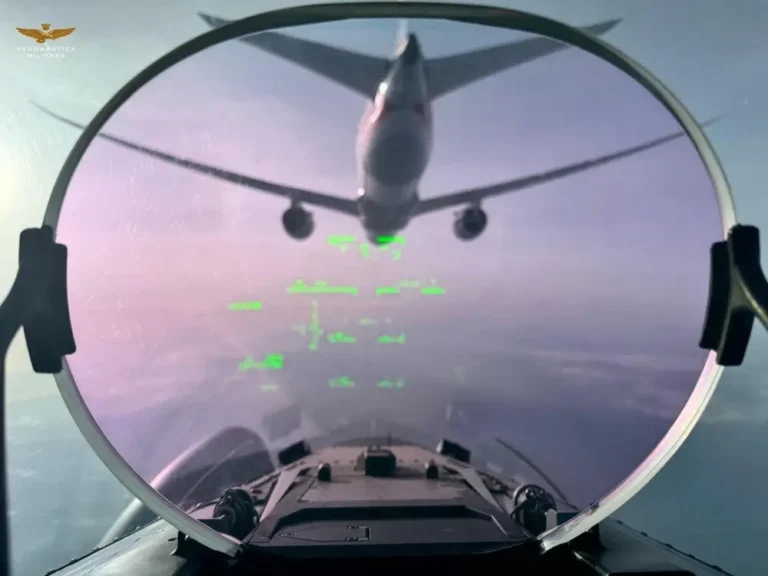Boeing’s ambitions of challenging SpaceX are hanging by a thread

Boeing’s Starliner spacecraft docked on the International Space Station.
After years of delays, the launch of Boeing’s Starliner spacecraft was meant to show the world that the aviation giant could challenge the likes of Elon Musk’s SpaceX in the space race.
Two months later, those ambitions are hanging by a thread.
A series of problems on the craft’s maiden crewed voyage has left two NASA astronauts stuck on the International Space Station, with Boeing facing the humiliating prospect that they may have to be rescued by Musk’s rocket firm.
After insisting that Starliner was safe to take the astronauts back to Earth, officials at NASA, which hired Boeing in 2014 to transport astronauts to the ISS, said last week they were still struggling to understand the issues with the spacecraft, which experienced thruster malfunctions and helium leaks when it docked with the ISS.
The agency said it was considering a backup option that would see the astronauts remain on the space station until 2025, before hitching a ride home on a SpaceX rocket, rather than traveling in Starliner as planned.
The decision, which NASA says it will make by mid-August, is a huge one, with no shortage of risk.
Officials confirmed there is an internal debate within NASA about what course to take, and the word “uncertainty” was used 18 times during the press conference, per CNBC.
NASA and Boeing did not respond to requests for comment from B-17.
The dilemma may be causing a rift between NASA and Boeing, with the latter insisting that Starliner is safe to return to Earth with crew. Boeing engineers did not take part in last week’s press conference, in a break from usual procedure.
The reasons for the uncertainty remain unclear, but NASA engineers are focusing on Starliner’s thrusters, some of which experienced failures when the spacecraft docked with the ISS back in June.

Starliner docked with the International Space Station (ISS) in June.
Sources previously told Ars Technica that there is concern within the agency that if the right combination of thrusters fail when Starliner undocks from the space station, the craft could spin out of control and collide with the ISS.
“If you are undocking from the space station and you lose more than a certain number of your thrusters, there’s a chance that you might be stuck drifting and or even crash into the Space Station,” Jonathan McDowell, an astronomer at the Harvard & Smithsonian Center for Astrophysics, told B-17.
A NASA spokesperson would not comment on the Ars Technica report when contacted by B-17 but flagged the agency’s latest mission update.
A damning report
The drama unfolding around Starliner is a narrative new Boeing CEO Kelly Ortberg could really do without.
The aviation veteran has been drafted in to turn around the company’s fortunes after a series of damaging crises, but is now having to face more questions over Boeing’s engineering prowess.
Even as NASA was deliberating whether to turn to SpaceX, which is competing with Boeing to bring crew to the ISS, the space agency’s inspector general released a damning report into Boeing’s engineering practices.
The report criticized Boeing’s work on the next version of the Space Launch System rocket, which hopes to launch astronauts to the moon. It cited “quality control issues” at Boeing and the “lack of a trained and qualified workforce.”

Boeing is still recovering from the fallout of Alaska Airlines flight 1282, which saw a door plug blow out in midair on one of its planes.
The audit concluded that Boeing’s engineers had “insufficient aerospace production experience” and estimated that the cost of building the upper stage of the SLS would balloon to nearly $2.8 billion, almost three times what NASA predicted in 2017.
It adds to the damage done to Boeing’s reputation as an engineering company in recent months, with the airplane manufacturer still dealing with the fallout over a midair blowout aboard one of its 737 Max planes in January.
SpaceX races ahead
Starliner’s woes are the latest in a long line of problems to hit Boeing’s space program.
The aviation giant and SpaceX both won contracts in 2014 to transport astronauts to the ISS, with Boeing’s worth $4.2 billion to SpaceX’s $2.6 billion.
Despite this, Musk’s rocket company handily beat Boeing to launch, with its Crew Dragon spacecraft successfully passing the same test Starliner is now struggling to complete in 2020.
Starliner, meanwhile, has been beset with problems, including a 2019 test flight that had to be aborted because the spacecraft’s clock was set to the wrong time.
The capsule’s delayed return from orbit is costing Boeing an estimated $125 million, adding to the company’s already-significant financial woes.
If NASA does decide to turn to SpaceX, it is unclear what that would mean for the future of Boeing’s Starliner program.
With the ISS expected to be retired in 2030 and Starliner unlikely to fly again until next year at the earliest, McDowell said it was difficult to say how much use Boeing’s multi-billion dollar spacecraft will actually see.
“I’ve got to think that the higher ups of Boeing are regretting ever getting into this game,” he said.
“It’s important to Boeing, but this particular program has been a financial disaster for them, a public relations disaster for them. And it’s unlikely to fly that many times,” McDowell added.

NASA is considering whether to use the SpaceX Crew Dragon spacecraft to bring the astronauts home.
Whatever happens with Starliner, the situation is a big win for Musk and SpaceX, which has been running regular missions to the ISS since 2020.
Musk has been firing shots at its rival in recent months, posting on X ahead of Starliner’s first crewed launch that the company had “too many non-technical managers.”
“SpaceX finished 4 years sooner,” he said.






